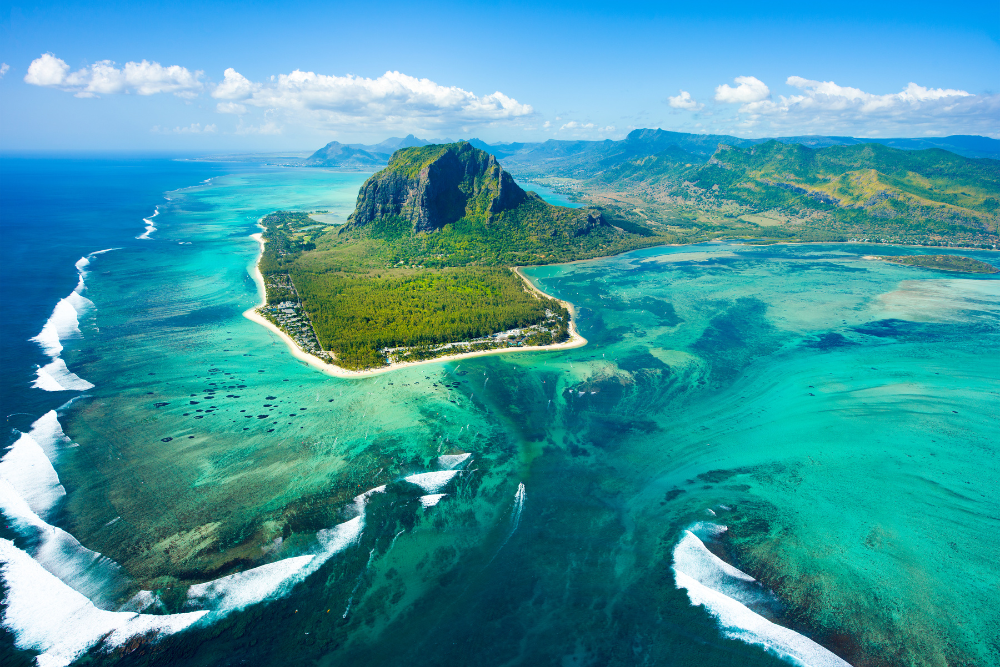Mauritius, a jewel in the Indian Ocean, is not only known for its stunning beaches and lush landscapes but also for its rich cultural heritage. Recognized by UNESCO, several sites on the island reflect its diverse history and multicultural influences. In 2024-2025, explore these must-visit UNESCO World Heritage Sites that showcase the unique blend of cultures and traditions in Mauritius.
1. Aapravasi Ghat
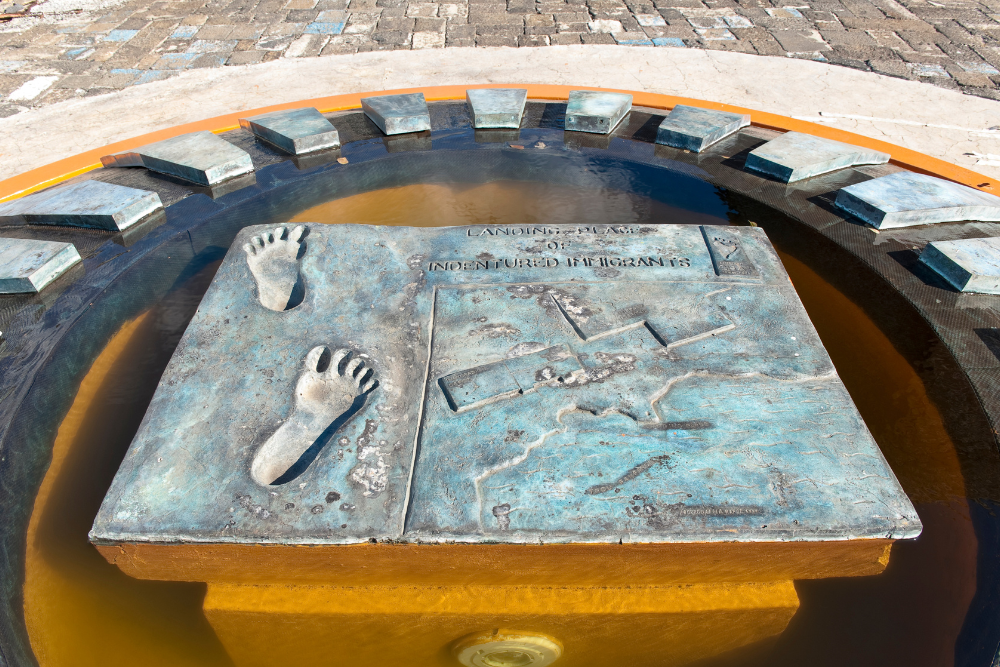
Overview
Aapravasi Ghat, located in Port Louis, is a significant historical site where indentured laborers from India first arrived in Mauritius during the 19th century. This site is a symbol of the island’s multicultural history and the struggle for identity and recognition.
Why Visit?
- Historical Significance: Learn about the stories of the laborers who contributed to the development of Mauritius.
- Guided Tours: Participate in guided tours that provide insights into the site’s history and its impact on Mauritian society.
- Cultural Events: Experience cultural events and exhibitions held at the site that celebrate the heritage of indentured laborers.
Tip:
Combine your visit with a stroll around Port Louis to experience local markets and cuisine.
2. Le Morne Cultural Landscape

Overview
Le Morne Brabant is a UNESCO World Heritage Site that pays tribute to the Maroon culture and the struggle against slavery in Mauritius. The mountain is an emblem of freedom and resistance, making it a poignant symbol of the island’s history.
Why Visit?
- Hiking Opportunities: Hike to the summit of Le Morne for breathtaking views of the surrounding lagoon and coastline.
- Cultural Significance: Learn about the Maroon community and their fight for freedom from slavery.
- Scenic Beauty: Enjoy the stunning landscapes that surround the mountain, perfect for photography and relaxation.
Tip:
Visit during the early morning or late afternoon for cooler temperatures and beautiful lighting for photos.
3. The Botanical Garden of Pamplemousses
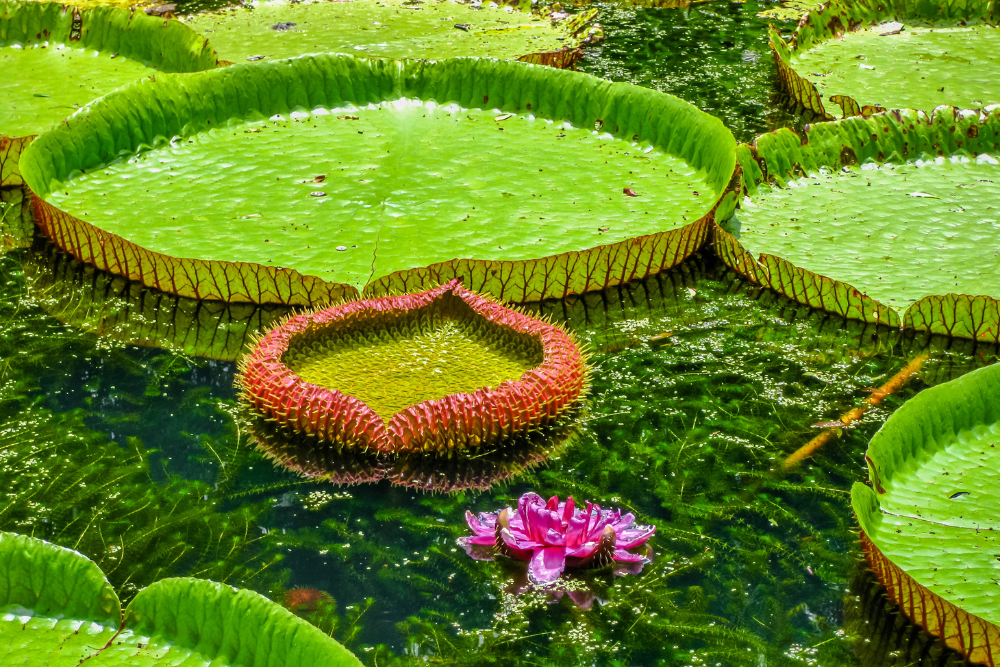
Overview
The Sir Seewoosagur Ramgoolam Botanical Garden, commonly known as the Pamplemousses Botanical Garden, is one of the oldest botanical gardens in the Southern Hemisphere. It features a vast collection of indigenous and exotic plants, including the famous giant water lilies.
Why Visit?
- Diverse Flora: Explore the extensive collection of plants, including medicinal herbs and rare species.
- Guided Tours: Take a guided tour to learn about the history of the garden and its significance in Mauritius.
- Picnic Spots: Enjoy a relaxing day in the garden with designated picnic areas amidst beautiful surroundings.
Tip:
Combine your visit with a trip to the nearby L’Aventure du Sucre for a taste of Mauritius’ sugar history.
4. Château de Labourdonnais
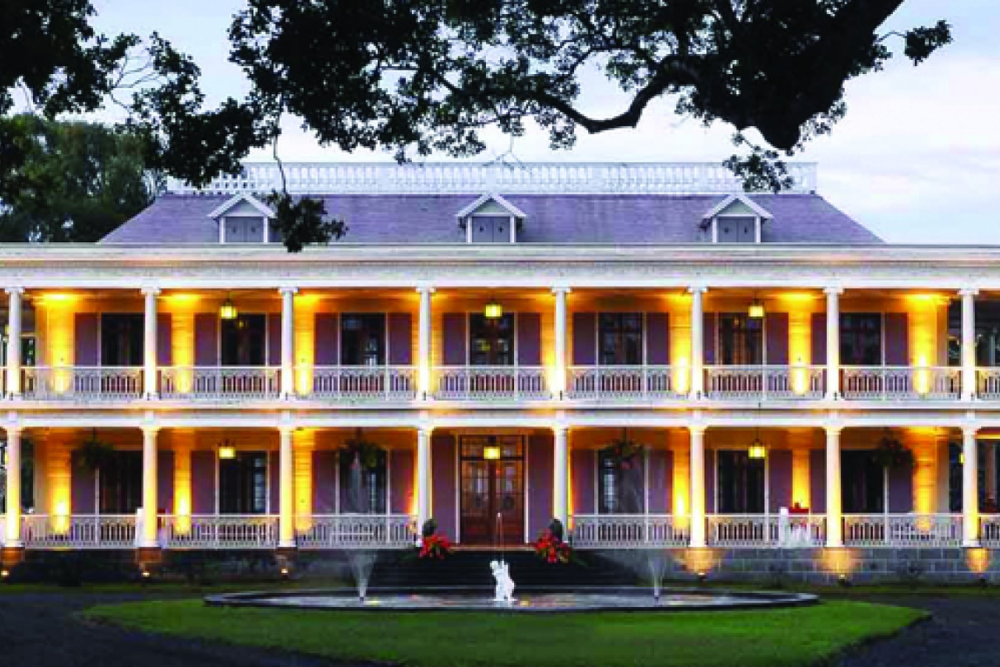
Overview
Château de Labourdonnais, located in the northern part of Mauritius, is a stunning colonial mansion that showcases the island’s architectural and agricultural heritage. The estate is surrounded by beautiful gardens and orchards, reflecting the lifestyle of the Creole elite.
Why Visit?
- Historical Insight: Discover the history of the estate and its owners through informative displays and guided tours.
- Culinary Experiences: Participate in cooking classes or wine tastings offered at the château.
- Scenic Gardens: Stroll through the beautifully landscaped gardens, which are perfect for leisurely walks and photography.
Tip:
Plan your visit around lunchtime to enjoy a meal at the on-site restaurant featuring local cuisine.
5. Île aux Serpents (Snake Island)

Overview
Île aux Serpents is a small, uninhabited island that holds historical significance as a former quarantine station for slaves. It is part of the larger marine protected area and showcases unique biodiversity.
Why Visit?
- Nature and Wildlife: Explore the rich biodiversity of the island, including endemic species of flora and fauna.
- Diving and Snorkeling: Enjoy diving and snorkeling opportunities in the surrounding waters, known for their vibrant marine life.
- Cultural History: Learn about the island’s role in Mauritius’ colonial past during your visit.
Tip:
Bring a picnic and enjoy a day of exploration and relaxation on this serene island.
6. Cultural Landscape of Chamarel
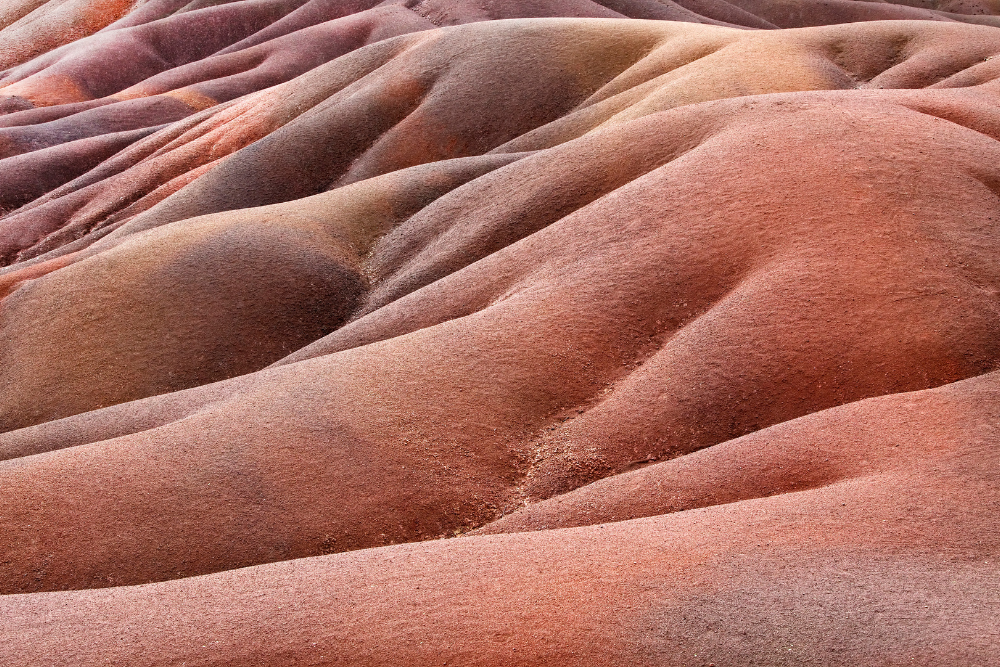
Overview
The Chamarel region is famous for its unique geological formations, including the Seven Colored Earths and Chamarel Waterfall. This area is not only a natural wonder but also a site of cultural significance for the local population.
Why Visit?
- Natural Wonders: Experience the breathtaking beauty of the Seven Colored Earths, where the soil exhibits a range of colors.
- Local Culture: Visit nearby artisanal shops and learn about the traditions of the local community.
- Scenic Views: Enjoy panoramic views of the surrounding landscapes from various lookout points.
Tip:
Visit early in the day to avoid crowds and capture stunning photographs of the colorful landscapes.
7. The Moka District
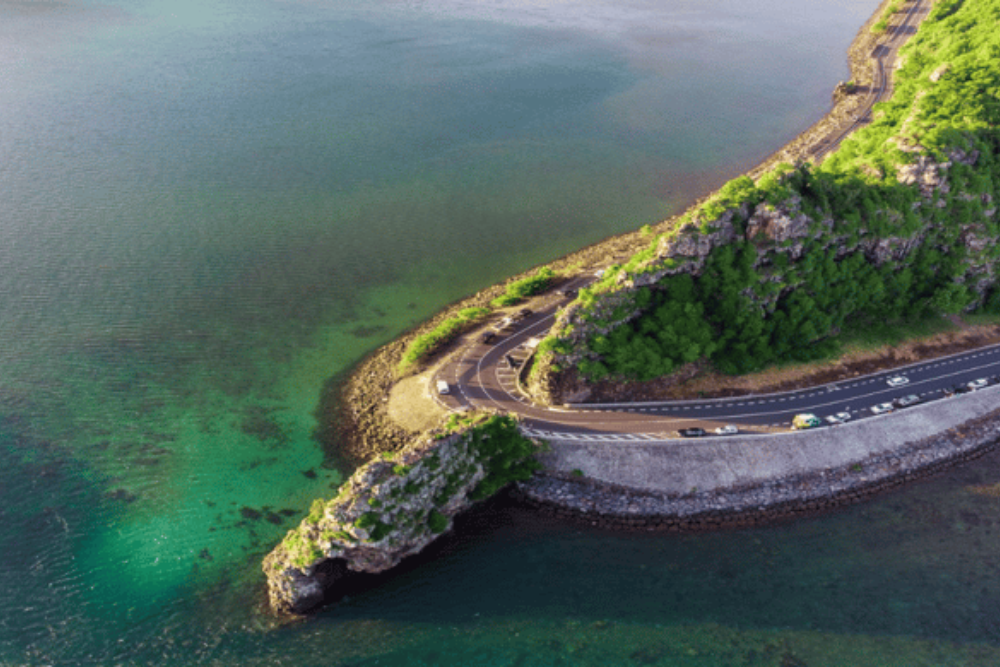
Overview
The Moka District, with its historical significance, features several colonial-era buildings and sites that reflect the island’s diverse heritage. This area is essential for understanding the development of Mauritius throughout the years.
Why Visit?
- Colonial Architecture: Explore the charming streets lined with colonial buildings, each with its own story.
- Cultural Attractions: Visit local museums and galleries that showcase the rich history of the region.
- Community Events: Participate in local festivals and events that celebrate the heritage of the Moka District.
Tip:
Take a guided walking tour to gain deeper insights into the history and culture of the area.
Conclusion
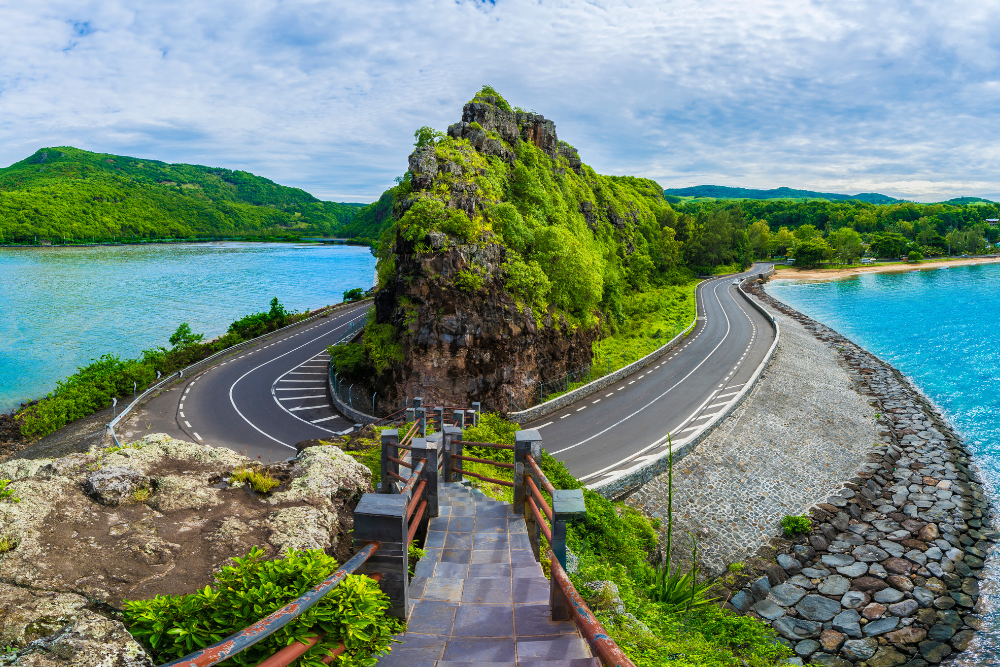
Mauritius offers a wealth of cultural heritage through its UNESCO World Heritage Sites, showcasing the island’s rich history and diverse influences. In 2024-2025, immerse yourself in the stories and traditions that have shaped this beautiful island. Whether you’re hiking Le Morne, exploring the botanical gardens, or visiting historical sites, each destination promises a unique experience that highlights the cultural significance of Mauritius. Embrace the island’s heritage and create lasting memories as you discover its remarkable UNESCO sites.



